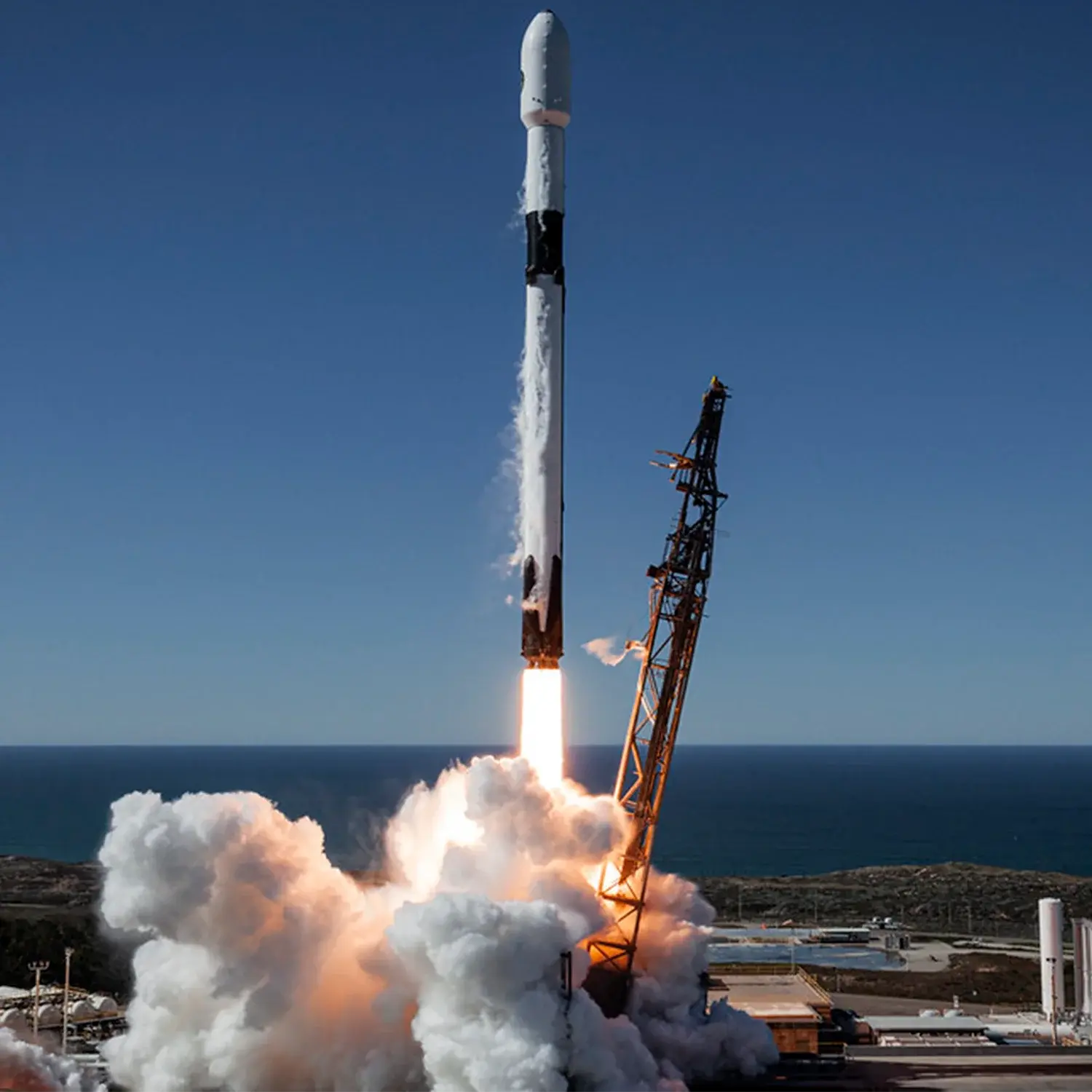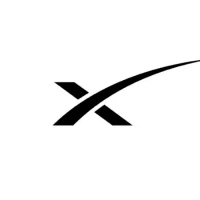OneWeb #16
Launch Success
Liftoff Time (GMT)
04:50:00
Tuesday January 10, 2023
Watch Replay
Official Livestream
Mission Details
Read Article
OneWeb Flight #16
The 16th flight dedicated to the OneWeb high-speed Internet constellation. The initial constellation consists of 648 satellites. Later, the constellation could be expanded to more than 900 satellites depending on demand. OneWeb is expected to begin customer demonstrations in 2022, then provide a global, 24-hour service in 2022/2023. Each satellite in the constellation weighs 147.7 kg. They are powered by Russian ion engines, manufactured by OKB-Fakel, and have two solar panels for their power supply. The first generation of satellites, operating on a quasi-polar orbit (1 200 km x 86.4°), cannot perform inter-satellite communication, and can only be used near a ground relay station. The satellites will provide user service in the Ku-band, communicating in the microwave range of frequencies in the 12-18 GHz portion of the electromagnetic spectrum. The satellites use a technique called "progressive pitch" in which the satellites are slightly turned to avoid interference with Ku-band satellites in geostationary orbit. The user terminal antenna on the ground will be a phased array antenna measuring approximately 36 by 16 cm and will provide Internet access at 50 megabits/second downlink bandwidth (almost certainly less uplink, but this number remains hard to pin down). The satellites will be designed to comply with orbital debris-mitigation guidelines for removing satellites from orbit and, for low-orbit satellites, assuring that they reenter the Earth's atmosphere within 25 years of retirement.
Polar Orbit
40 Payloads
5,908 kilograms
Rocket


Agency
SpaceXPrice
$69.75 million
Rocket
Diameter: 3.7m
Height: 70m
Payload to Orbit
LEO: 22,800 kg
GTO: 8,300 kg
Liftoff Thrust
7,607 Kilonewtons
Fairing
Diameter: 5.2m
Height: 13m
Stages
2
Launch Site
Stats
Falcon 9
197th
Mission
2nd
Mission of 2023
SpaceX
206th
Mission
2nd
Mission of 2023
2023
5th
Orbital launch attempt
